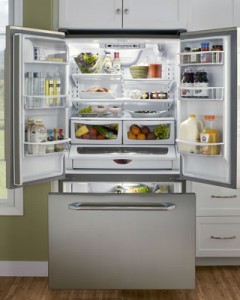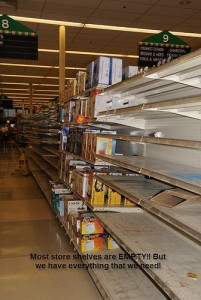Sit. Stay. Safety. Dog Preparedness
by Kellene
[caption id="attachment_4432" align="alignright" width="300" caption="Sinta and Me"] [/caption]
[/caption]
Here’s the problem; in the event of an unexpected challenge—whether it be a natural disaster or a mugging on your way home, one of your greatest weaknesses could be one of your greatest loves—your dog.
I admit it. I absolutely love my two dogs. In spite of thinking I was more of a “cat person,” I’ve truly come to absolutely adore my two girls. I miss them when I’m gone for long periods of time, I talk to them, and I bring them up in group discussions about people’s “children.” Yup. I’m one of those devoted dorks who dresses up my pups in Ohio State Buckeye attire during the Rose Bowl. I’ve been known to dress them in sassy dresses, hats, coats, etc.







